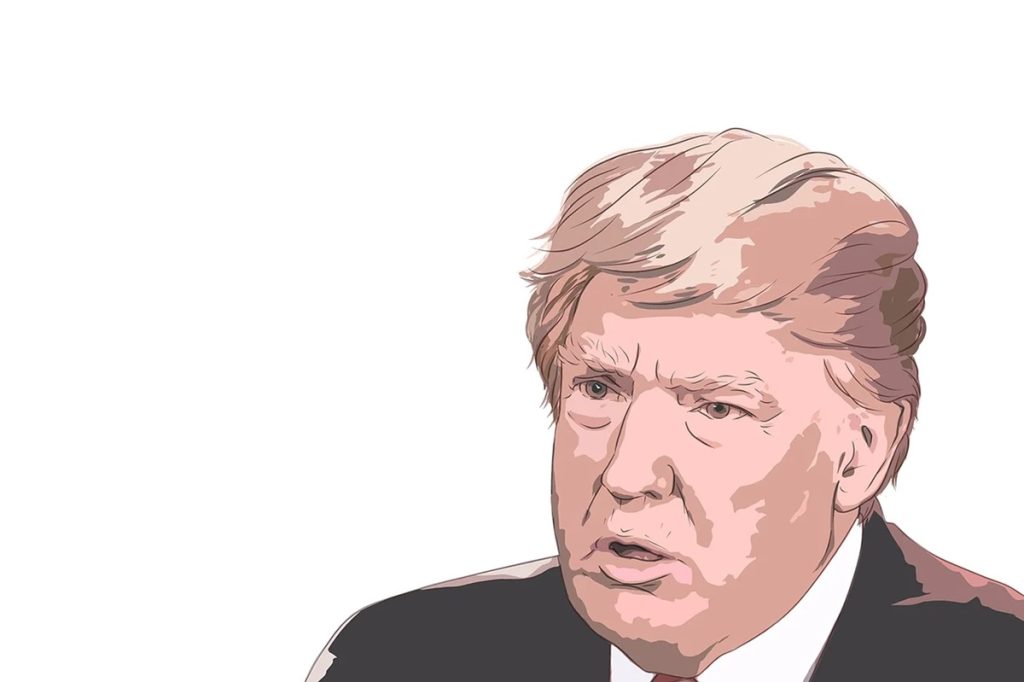As the administration tests the limits of executive authority on trade, businesses face a tariff regime marked by legal uncertainty and commercial disruption.
A Legal Mechanism Stretched to Its Limits
The return of blanket tariffs under President Trump has reopened long-standing trade tensions, but it also introduces a fresh legal dimension. By invoking the International Emergency Economic Powers Act (IEEPA)—a statute historically used for financial sanctions—as the basis for broad import duties, the administration is operating in legally novel territory. The declared justification, tied to national security concerns over immigration and drug trafficking, is politically familiar but strategically opaque.
While judicial precedent has often favored executive discretion in trade matters, recent court rulings suggest that deference may no longer be automatic. Any legal challenge to these measures, however, will take time to work through the courts. For importers and multinational firms, the practical impact is immediate—even if the outcome remains unresolved.
Short-Term Retaliation, Longer-Term Uncertainty
Retaliatory measures are already underway. China, Canada, and Mexico have each responded or signaled intent to do so, with targeted tariffs and potential legal action through existing trade agreements or the World Trade Organization. Yet while such responses create headlines, they offer limited relief for companies caught in the middle.
The U.S.-Mexico-Canada Agreement, for example, lacks a private right of action—meaning affected firms cannot directly challenge what some consider a clear breach of the treaty. And while WTO proceedings may eventually yield a decision, they do not alter the short-term commercial landscape.
More critically, the breadth of the tariff orders leaves little room for maneuver. The measures cover steel, aluminum, energy, and a range of raw materials and manufactured goods. While exemptions or exclusions may emerge, the lack of clarity on process or timelines has made proactive planning difficult.
Strategic Implications for Procurement and Trade Operations
The assumption that tariffs are temporary—or that they can be worked around with minor supply chain adjustments—is no longer sustainable. What began as an economic tool now functions more as a geopolitical instrument, particularly in the case of China, where underlying issues such as technology transfer, industrial policy, and regional security remain unresolved.
By contrast, tariffs targeting the EU appear driven more by trade balance calculations than systemic dispute, but the operational impact is the same. Blanket tariffs—particularly those announced without notice or negotiation—limit the effectiveness of conventional mitigation tactics such as reclassification or assembly shifts. For some sectors, even repurposing production or rerouting goods offers little protection when duties are applied broadly by origin country.
Planning Within a Structurally Uncertain Trade Environment
The key issue facing businesses is not the size of the tariffs, but the instability of the regulatory environment. Supply chain and legal teams must now account for policy shifts that operate outside of the established multilateral framework. This changes the calculus for everything from contract structuring and supplier selection to pricing mechanisms and force majeure clauses.
Legal ambiguity may slow enforcement or invite litigation, but it will not prevent cost exposure. Companies heavily reliant on North American trade corridors, or with upstream links to China, must weigh both financial and strategic consequences—including the possibility that tariff policy will continue to evolve without warning, process, or clear legal precedent.
In this context, forward planning does not rely on predicting the next move, but on building in the capacity to absorb one.





